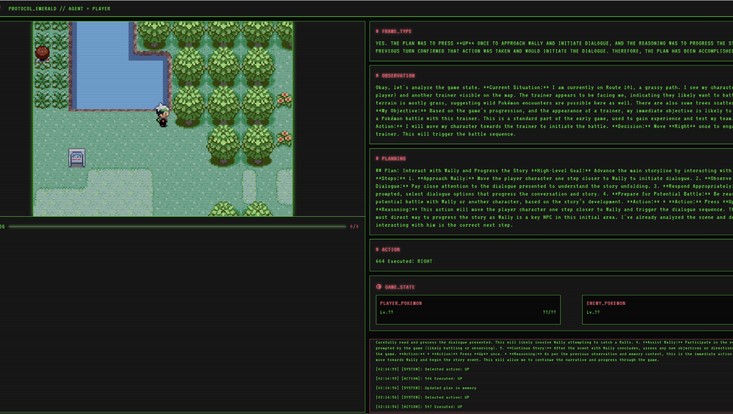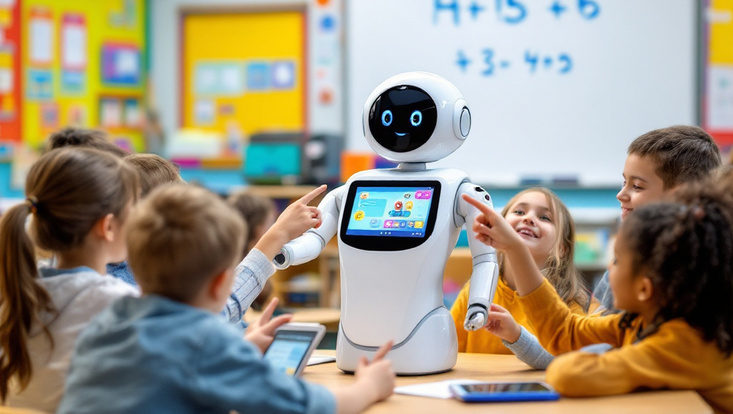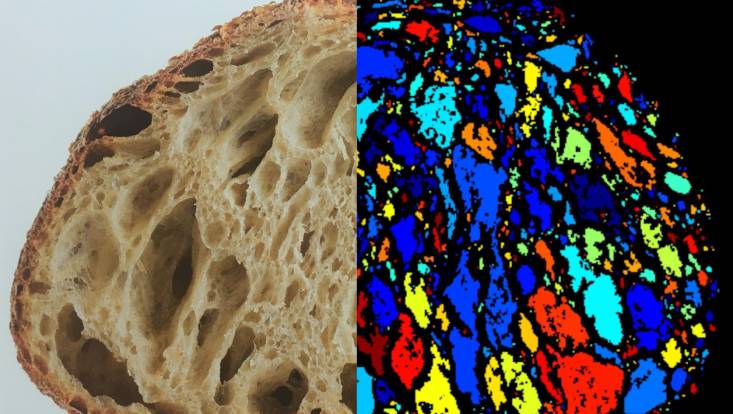Project Proposals
The Lab is open for any form of student initiative related to the base.camp topics and gladly with interdisciplinary reference to other research fields, departments and faculties of the University of Hamburg and beyond. Everyone is welcome with his or her ideas. You can carry out your own scientific projects and prototype your own ideas. Interdisciplinary problems that can only be solved through the interaction of different disciplines, but always with reference to computer science, are especially welcome.
Moreover, there does not always have to be a clear benefit behind base.camp projects. It is about "learning-by-doing", about fast cycles of prototypical development and of course also about learning from failure and doing it better in the next cycle.
The base.camp project is not available for IAS students, instead IAS offers the Independent Studies.
Starting a Project
- Students (individual or group project) will prepare a brief project description (4–6 pages). This contains:
- A problem description and the project idea (interdisciplinarity is a big plus).
- Sketch of the solution (structure, infrastructure, frameworks)
- what the prototype will look like
- Work plan (a project should be able to be completed in about 6 months)
- Notes on what you expect from base.camp (computing power, support)
- Templates for project descriptions can be found here as DOCX, ODT, LaTeX or Typst.
- You find a supervisor with appropriate technical knowledge for your project; this can be academic staff from our department or a qualified external person.
- You present your project to the board and potential academic supervisors, after which the base.camp board votes on the suitability of your project idea.
- The project is officially registered in the study office and can be accounted for within the base.camp module at 3, 6 or 9 CP (depending on the scope) in the free elective.
- The processing in the Lab can begin. For this, the project participants coordinate with the base.camp to get the necessary resources.
Project Execution
The project participants are free to work on their project. However, reports on the progress of the project must be submitted at regular intervals in order not to lose access to base.camp.











